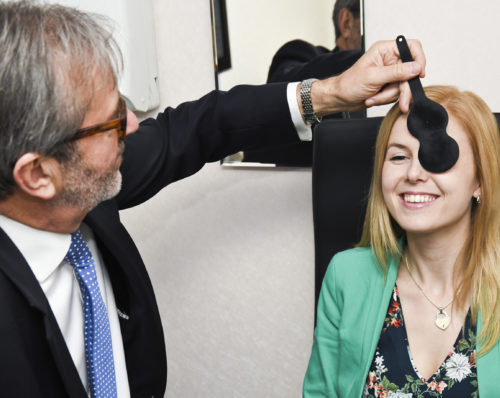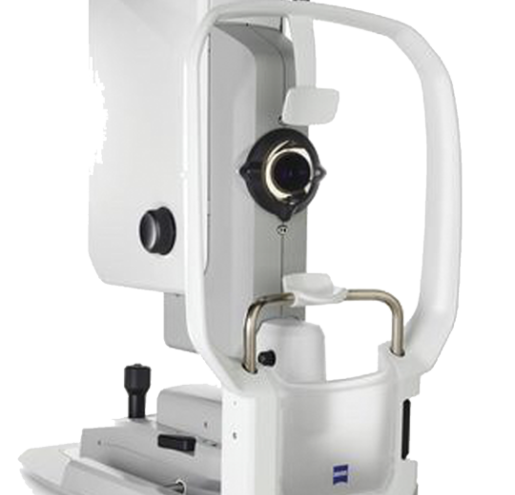
Zeiss Clarus 500 imaging system
We are one of only a few practices in the UK to offer advanced retinal imaging with the ground-breaking new Zeiss Clarus 500 imaging system. This peerless device is the first to provide high-resolution imaging in true colour from the macular to the far periphery, where indications of disease are often located. Our optometrists can then detect and refer for treatment, conditions such as glaucoma or macular degeneration at the earliest possible stage.
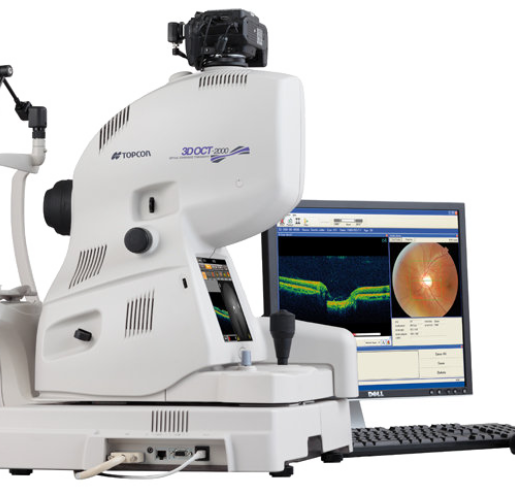
3D Swept Source OCT Scanner
Using a 3D Ocular Coherence Tomography (OCT) camera, our optometrist will take a three-dimensional cross-section scan of the inside of the eye. Very similar to an ultrasound scan, the OCT uses light rather than sound waves to illustrate the different layers that make up the back of your eye. We also capture a digital photograph of the surface of your eye to cross reference areas of concern. This highly advanced screening allows for better and more precise information regarding early signs of retinal disease and macula degeneration.
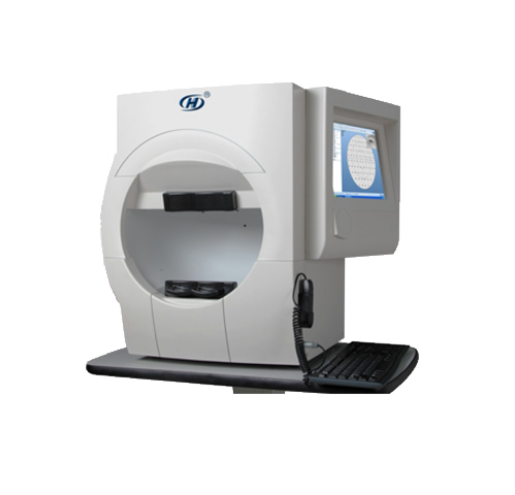
Humphrey Field Analyser
Manufactured by Zeiss, our field analyser assesses the sensitivity of the retina across the central 60 degrees of the visual field. It detects subtle changes that might otherwise go unobserved. During the test, lights of varying intensities appear in different parts of the visual field. The perception of these lights is charted and compared to healthy eyes of the same age in order to determine the extent of any damage to the retina.
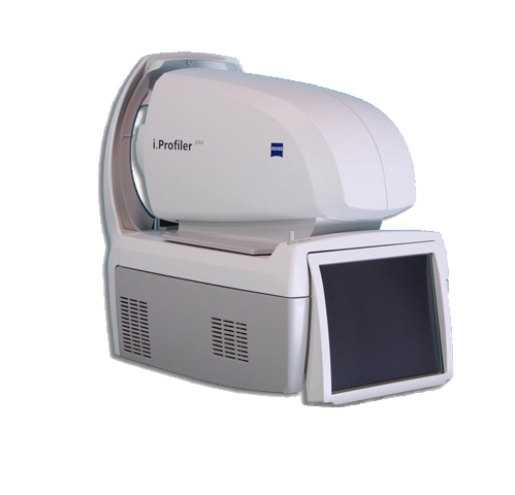
iProfiler
iProfiler is an innovative measuring device that analyses the eye with acute accuracy. iProfiler provides detailed information about the imaging properties of the eye — in particular high order aberrations. These aberrations are responsible for poor vision in reduced contrast, such as at twilight or night time. Vision can then be improved with specially designed lenses to provide the wearer with optimised visual performance in all light conditions.
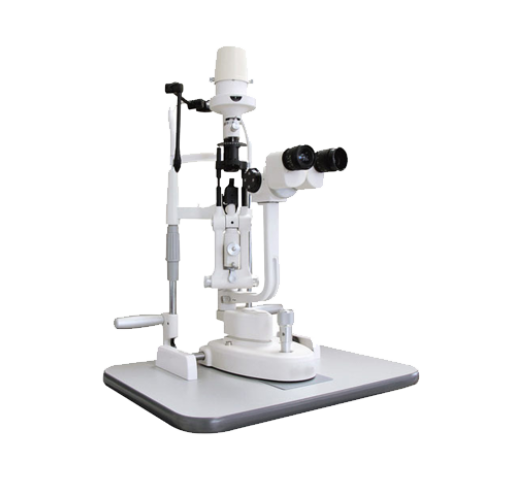
Slit Lamp
The slit lamp is an instrument consisting of a high intensity light source that projects a thin beam of light into the eye to give a magnified 3D view of the different parts. This enables our optometrist to closely examine various parts of your eye, including the cornea, iris, and anterior chamber. Special lenses can also be placed between the slit lamp and the cornea to view deeper structures of the eye such as the optic nerve and retina.
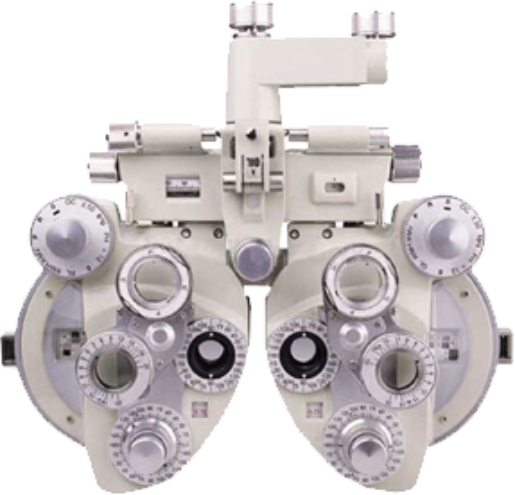
Subjective Refraction
A vital part of correcting vision is the process of subjective refraction — determining the precise level of correction that you require. Our automated procedures are complemented by traditional techniques, where our optometrist adjusts a series of corrective lenses to achieve the best visual acuity while viewing a variety of charts.
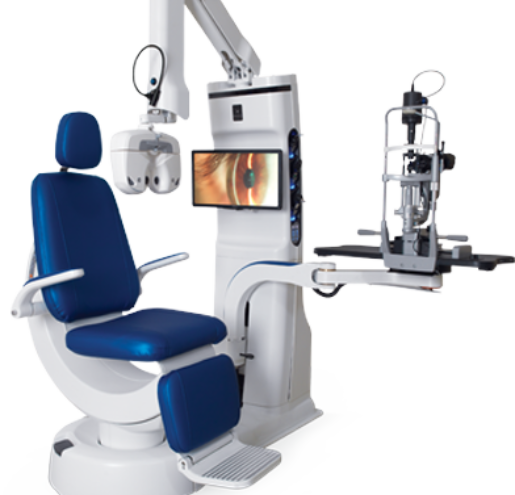
Tonometry
In order to ensure your optic nerves are healthy, optometrists check the pressure that is placed on them by the fluid in the eyes (the aqueous humor). The instrument used to check these intraocular pressures is called a tonometer. We use the icare Tonometer in most cases (no puff or eye drops required) or the Goldmann Applanation Tonometer if required.
These tests are usually simple, quick and painless.

